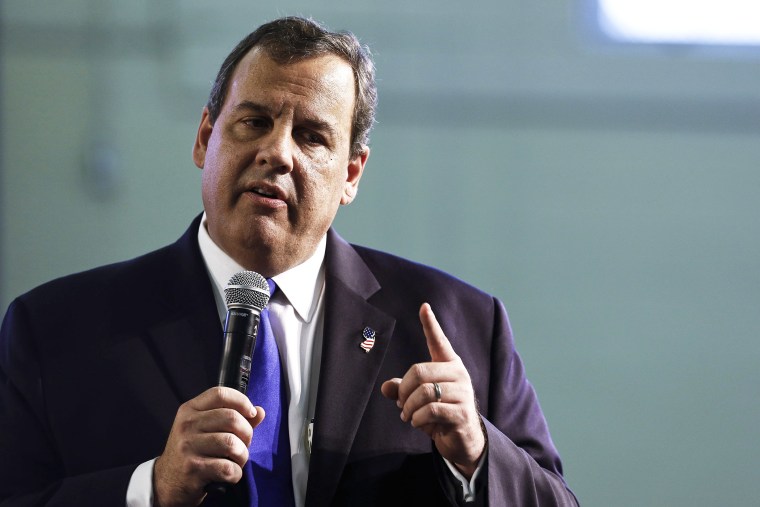When Jeb Bush launched his presidential campaign, he announced a specific economic goal. "There is not a reason in the world why we cannot grow at a rate of 4 percent a year," the Florida Republican
said. "And that will be my goal as president -- four percent growth."
We later learned that the former governor chose the number
almost at random, and it wasn't based on any kind of substantive analyses at all. But two weeks later, New Jersey Gov. Chris Christie (R) used the identical figure in his own kickoff speech:
"We need to get our economy growing again at 4 percent of greater. And the reason we do is because we have to make this once again the country my mother and father told me it was. That as hard as you work, that's as hard and high as you'll rise. That's not the case anymore."
Republicans keep using that figure, 4 percent GDP growth, but I don't think it means what they think it means.
Let's note, right off the bat, that setting a goal of growth at "4 percent of greater" is hard to take seriously. Christie's speech said we have to get to this level "again," as if it were a routine amount of growth Americans used to see all the time, but take a wild guess how many presidents since World War II have averaged 4 percent growth over the course of their terms.
The answer is
zero. Clinton didn't do it; neither did Reagan nor Obama.
The
New York Times' Neil Irwin recently
explained that 4 percent GDP growth is vastly more difficult than Christie may realize.
[S]imple math suggests the next president is unlikely to see sustained 4 percent G.D.P. growth absent a remarkable, rapid upward shift in the nation's productive capacity. [...] [F]or 4 percent growth to be realistic in the next presidential term -- not just for a one-quarter spurt but on a sustained basis -- one of two things must apply. Either the technocrats at places like the C.B.O. and the Fed must be wildly underestimating the nation's growth potential today. Or a revolution in American productivity must be on the way. Neither of those are things that a president has much control over.
Tim Noah
talked to some economists about whether 4 percent growth is realistic. They concluded it is not.
If the New Jersey governor is convinced this level of growth is something we "need" to reach in order to make the American dream a reality, then we're all in a lot of trouble.
But let's not overlook the fact that Christie's credibility on the subject is non-existent. As Rachel noted on the show this week, under Christie's leadership, New Jersey has had its credit rating downgraded nine times; the state has had anemic economic growth below both the national average and the totals from neighboring states; and job growth since Christie's election has left the Garden State with the eighth highest unemployment rate in the country.
If the Republican governor knows the secret to booming growth, he's chosen not to apply it to his own state.
Finally, we've already seen a preview of Christie's
economic plan, which consists of massive tax breaks and cuts to Social Security.
There's a reason the governor is considered a long shot.
